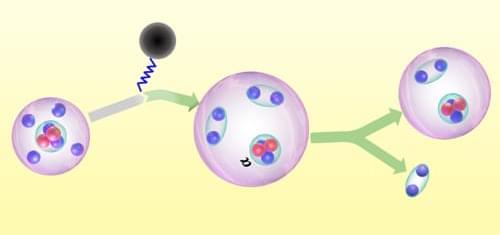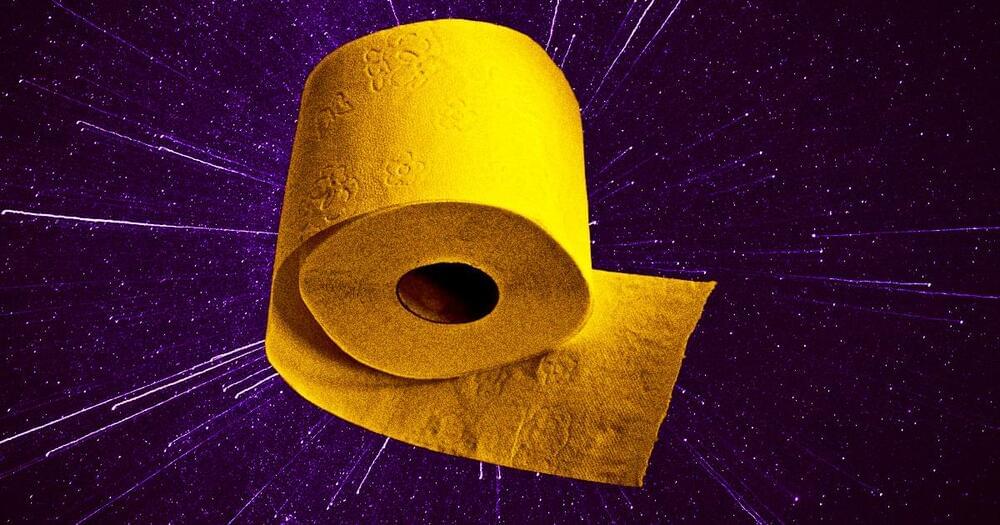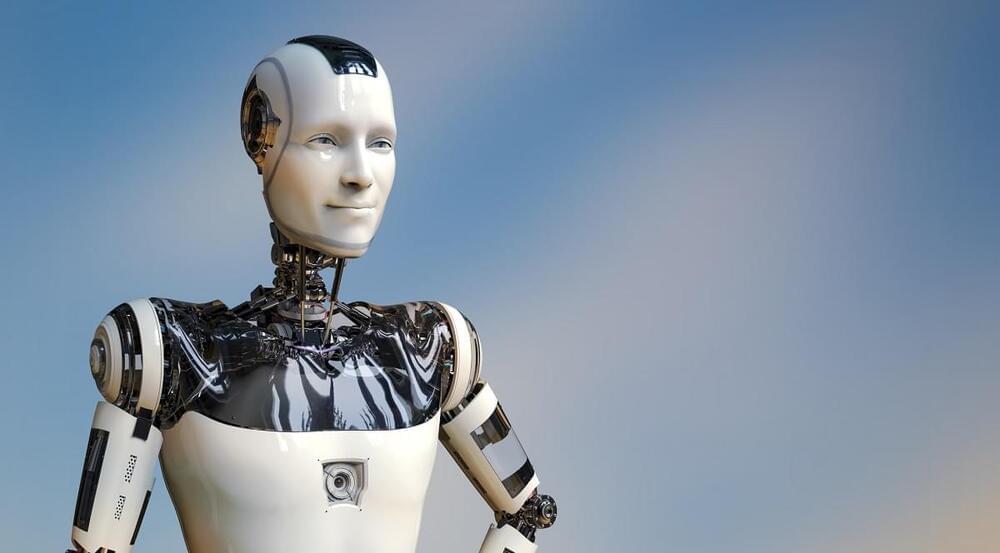
In its ground state, the helium-8 (8He) nucleus consists of an alpha particle (4He nucleus) and four neutrons. If, before its few-hundred-milliseconds life ends, an 8 He nucleus is nudged into its first 0+ excited state, the four neutrons form two pairs known as dineutron clusters. According to theory, the alpha particle and the two neutron clusters settle into a three-member nuclear analog of a Bose-Einstein condensate. That outcome has now been observed for the first time by Zaihong Yang of Peking University and his colleagues at the RIKEN Nishina Center in Japan [1].
The experiment entailed firing a high-intensity beam of 8 He nuclei at polyethylene and carbon targets. Some collisions excited the nuclei into the sought-after condensate state, which promptly broke up into a helium-6 (6He) nucleus and a single neutron pair. The 6 He nuclei made their way through dipole magnets to drift detectors and plastic scintillators for characterization. The neutrons struck a plastic scintillator whose layered construction made it possible to identify which neutrons were correlated—that is, members of a dineutron cluster—and which were not. The correlated neutron pairs and the scattering count rate’s dependence on energy, angle, and type of target were all consistent with theoretical predictions of the nature of the correlated 8 He excited state.
The 8 He condensate resembles the so-called Hoyle state of carbon-12, which consists of three alpha particles in the condensed state. Astronomer Fred Hoyle predicted the state in 1954 to account for the synthesis of carbon in helium-burning stars. Yang points out that nuclear condensates could also have implications for understanding the structures of exotic nuclei and neutron stars.


















